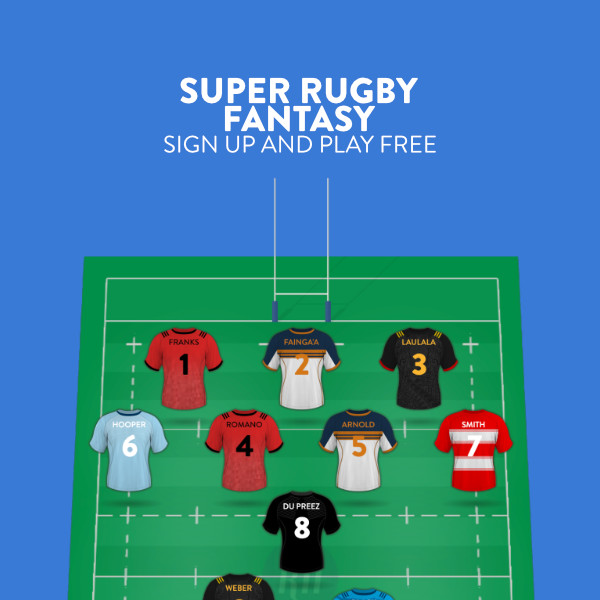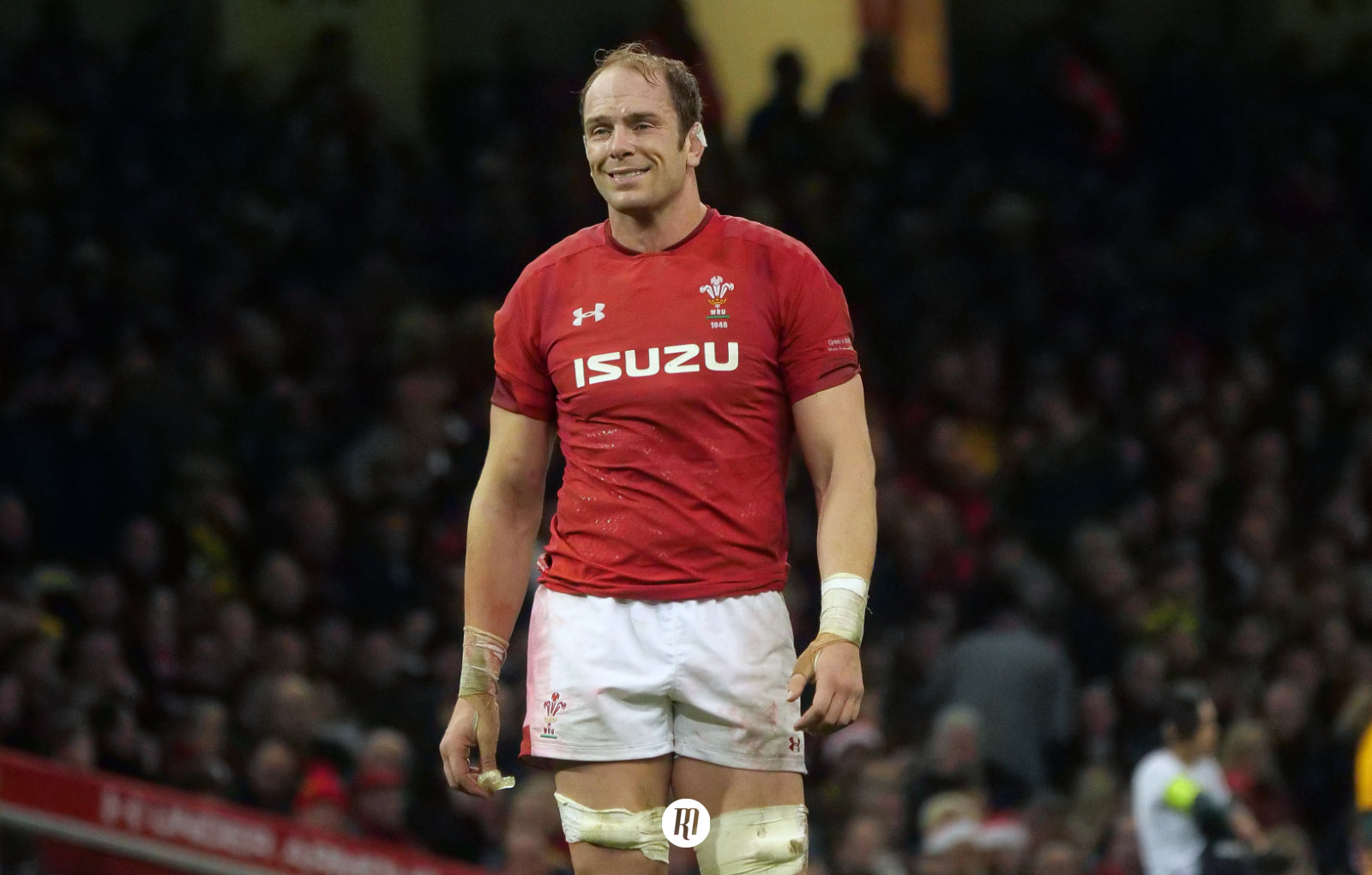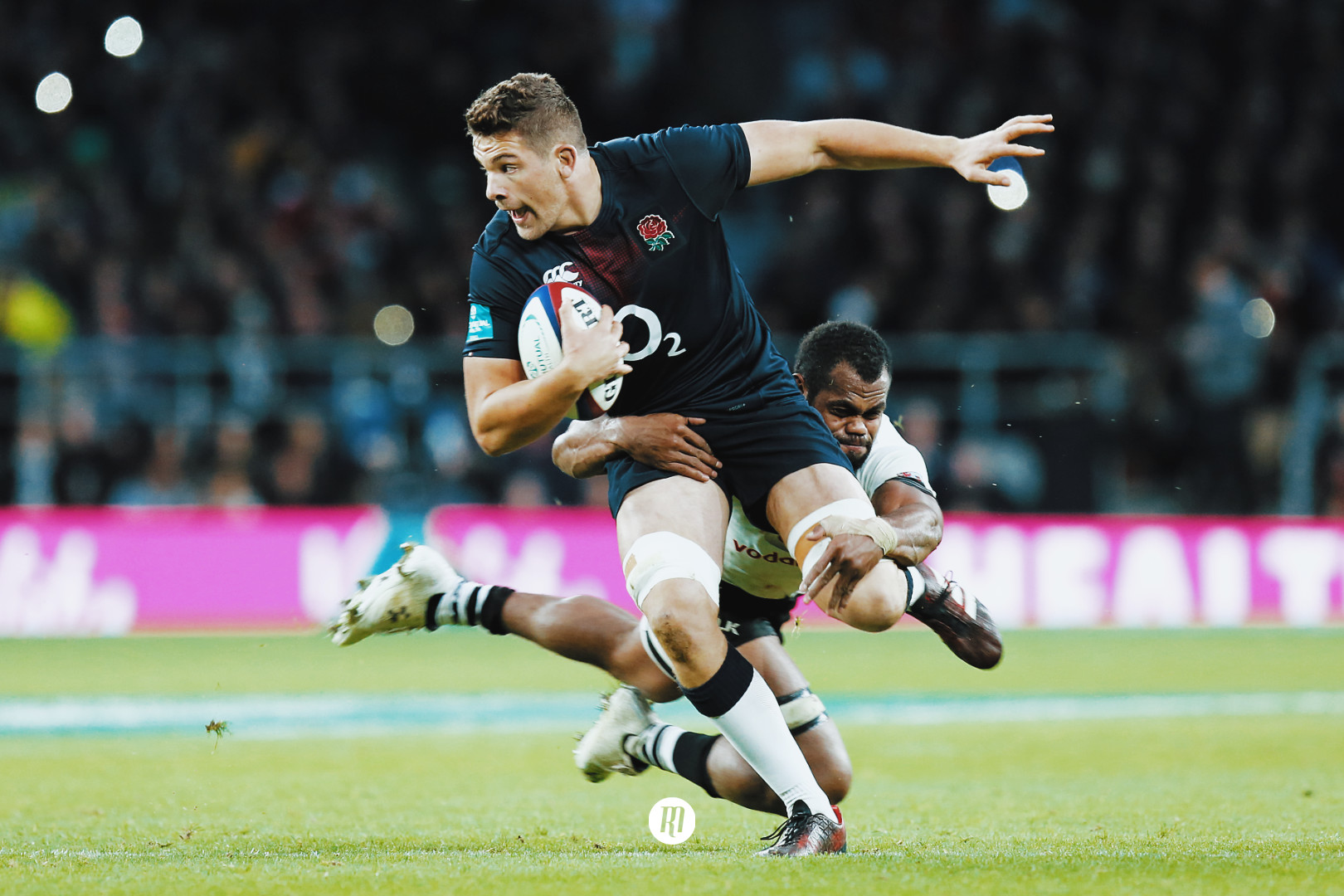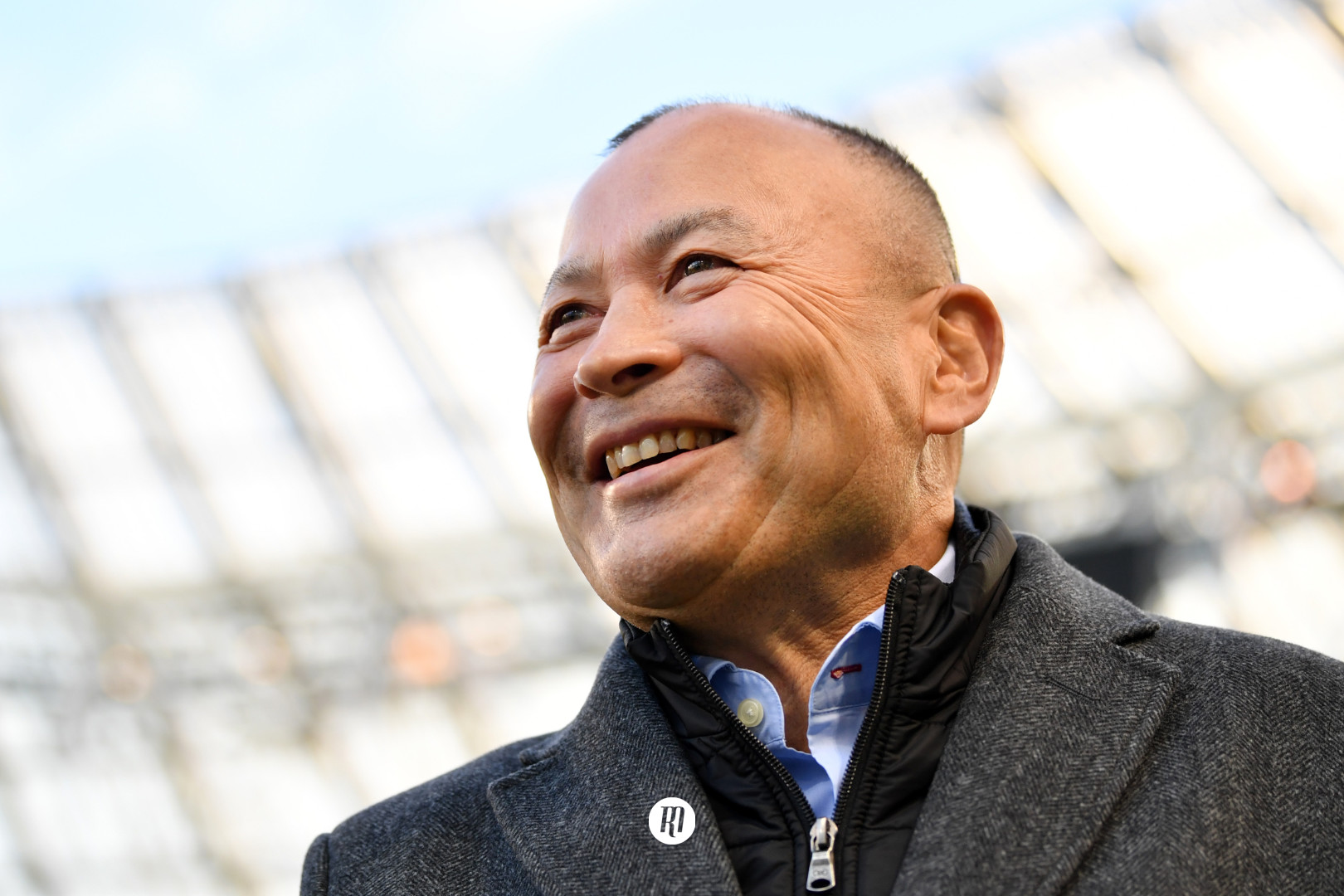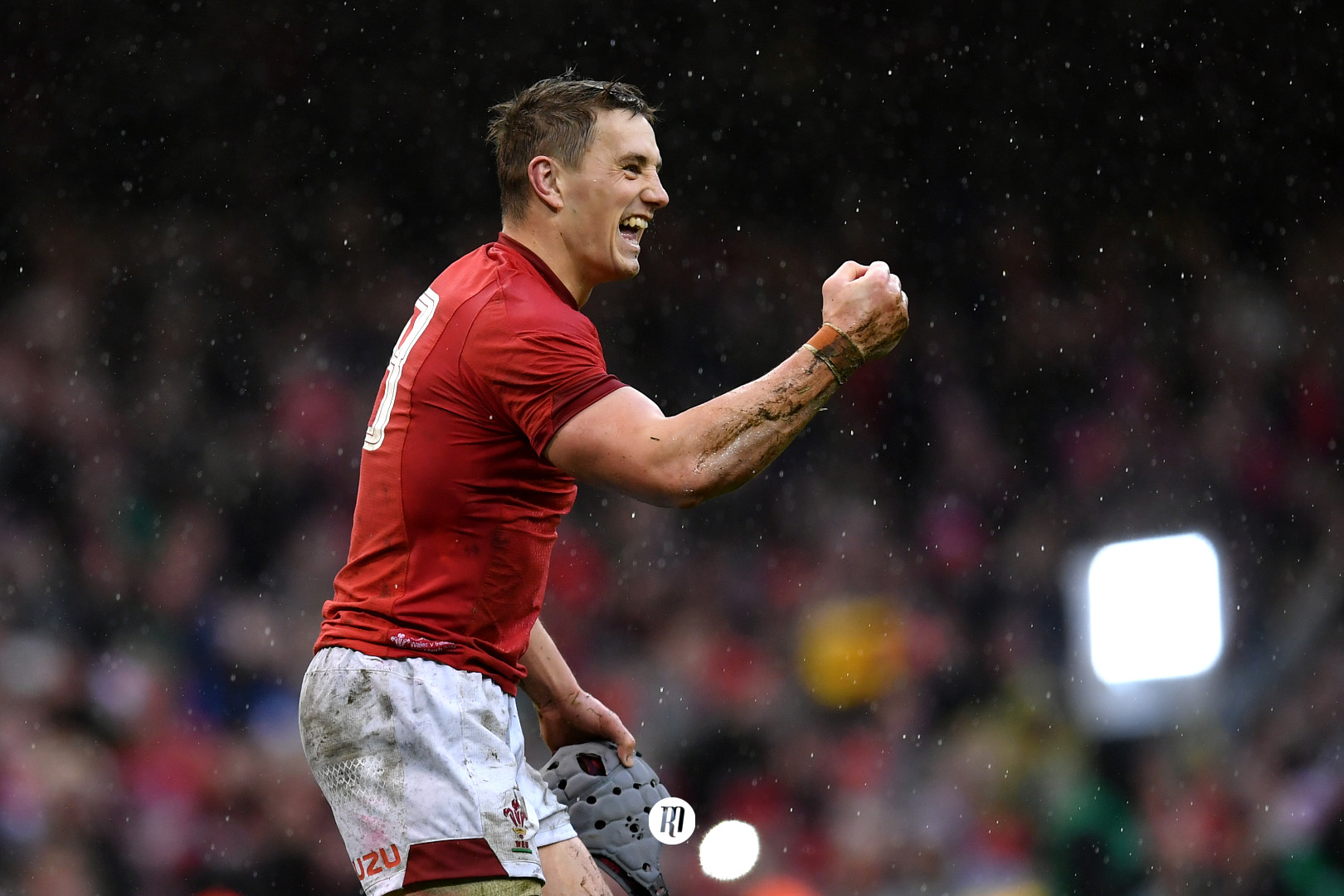The foursome furthering their World Cup ambitions by forcing the Blues back on track
Perennial New Zealand underdogs the Blues have long been the whipping boys of the five Kiwi Super Rugby teams. But under the guidance of a foursome of World Cup hopefuls, the Auckland side is slowly making its way back onto the tracks.
It must feel like a lifetime ago, those back-to-back Super 12 titles the Blues claimed in 1996 and 1997. The country's northernmost province lost just three out of eleven fixtures during their first year (1996), went undefeated in their second and finally failed in their third when they fell at the final Crusaders-shaped hurdle in 1998. Even their third and final Super title sixteen years ago in 2003 must feel somewhat more ancient than history tells us.
Pat Lam, Sir John Kirwan and Tana Umaga have taught us the lesson – perhaps re-taught would be more apt - that the beast that is professional cares little for reputation. There is no way of putting it nicely, the Blues have been the worst Kiwi Super Rugby franchise, and for some time.
This near-decade of discontent is what makes the latest noises coming out of Eden Park that much sweeter. It is of course too early to confirm their end destination, but the Blues are on their way back to the tracks and are doing so under the guidance of four men doing their darnedest to force their way into a last-minute World Cup spot.
The Blues were the only New Zealand side to taste victory last weekend in round 14 of Super Rugby, triumphing 23-8 over their provincial neighbours, the Chiefs. Typically of their 2019 campaign, the capped duo of Ma’a Nonu and Patrick Tuipulotu led the charge, while the long-touted heir to the All Blacks eight jersey, Akira Ioane, furthered the exploits of his best club campaign to date. Meanwhile, the last of the Blues’ key quartet, Tom Robinson, was forced to settle for an appearance from the bench following an outstanding start to his debut season.
Having played just twelve games so far this year compared to the remaining provinces’ thirteen, by the grace of the league’s bye-weeks, the Blues sit three points behind the Highlanders in third place, on 26 points to the Highlander’s 29.
Of course, the arrival of Head Coach Leon MacDonald over the summer from the nation’s most highly decorated province, the Crusaders, has overseen the upturn in fortunes. But even the best coach cannot make lemonade with water and lemons alone. Nonu, Ioane, Tuipulotu and Robinson have brought the sugar.
World Cup chances
Ma’a Nonu: The Test centurion has made a somewhat surprising bid for a third World Cup campaign after trading Wellington and the Hurricanes for the South of France in 2015 after lifting the Webb Ellis trophy for a second time. Making his initial mark in New Zealand through hard-hitting exploits on both sides of the ball, the 103-times-capped centre slowly became a jack-of-all-trades the longer his career went on. After spending three years in the role of the blunt instrument once again for Toulon, Nonu is back to his old tricks again for the Blues, stepping up as a key kicking option from hand, an excellent passer of the ball and his usual physical exploits; the latter of which All Blacks midfield rival Anton Lienert-Brown came to grips with in round nine, when Nonu swatted him aside to score a 77th-minute try to bring the Blues within four points of avoiding an eventual defeat.
So far this season, it’s hard to argue that Nonu has not been New Zealand’s form centre. All that stands between the former Hurricanes, Highlanders and Ricoh Black Rams man and a trip to Japan in September is the faith head coach Steve Hansen will be forced to repay the rivals that opted to remain in the country following the 2015 tournament.
Akira Ioane: Older brother of New Zealand’s wing sensation Reiko, Akira Ioane has long been touted as the successor of Kieran Read’s black number eight jersey. Built more in the smash and grab frame than Read’s subtle skillset, Akira has taken some time to consistently find his feet at Super Rugby level.
Indeed, there is still some way to go for the former New Zealand Sevens star. While he is a devastating ball carrier and general attacking weapon for the Blues, his defensive commitments are yet to reach what can be classed as ‘All Black standard’.
The aggressive edge Akira brings each and every time he steps onto the field has served the Blues excellently this season and is the kind of figure every struggling side needs. But Hansen’s national side are the farthest thing you will ever see from a struggling side, and his on-field offerings without the ball in hand are far more glaring for Hansen than they will be for MacDonald.
Patrick Tuipulotu: The man leading the charge for off-the-ball work in the Blues’ colours and putting in the hard yards that allow Akira to shine this season. Alongside Nonu, the Blues skipper is the second and last of our capped pairing and a castle tower in human form.
With fifteen caps to his name since his debut against England in 2014, Tuipulotu was ruled out of World Cup duty in 2015 through injury, with Hansen taking Crusaders pairing Luke Romano and Sam Whitelock and Chiefs man Brodie Rettalick, along with two backrowers able to cover lock, Victor Vito and Jerome Kaino.
Very much built in the Luke Romano mould, Tuipulotu’s game centres around his heavyweight offerings in the contact area. A 120kg behemoth that managed to fold famously aggressive Springbok lock Eben Etzebeth in half earlier this season, amongst various powerful carries.
If Hansen is set to take three second rows to Japan as he did in England four years ago, it seems unlikely that Tuipulotu’s standout season will garner a World Cup role, with Scott Barrett succeeding fellow Crusader Romano in the pecking order. However, should Hansen decide to take five loose forwards instead of six this year, given Barrett’s ability to play on the blindside, there may be room for Tuipulotu on the plane north for a physical specimen in the engine room with leadership experience against weaker pool opponents.
Tom Robinson: The final man on our list stands the most minuscule of chances when it comes to a World Cup role. If the long ginger locks of Tom Robinson were to earn inclusion in Hansen’s 31-man squad, you’d be hard pressed to find a better example of a ‘bolter’.
The 24-year-old fondly known as ‘Big Red’ is a source of inexorable energy. With stores of glucose that seem to know no bounds, his opponents have a tendancy to resemble lethargic older brothers attempting to quell an energetic younger sibling. Big Red is the type of figure that will lead by example and drive the standards on the pitch, while remaining well grounded off it, by all reports.
Robinson could serve up the type of underdog story we sports fans are drawn to like moths to a flame. Made only the more exhilarating by the fervour and eagerness of his performances and the eye-catching nature of his crimson mane, billowing behind him like some strange banner blowing in the wind.

Filed under:
Super Rugby, International, New Zealand, Blues
Written by: Alistair Stokes
Follow: @alistokesrugby · @therugbymag


